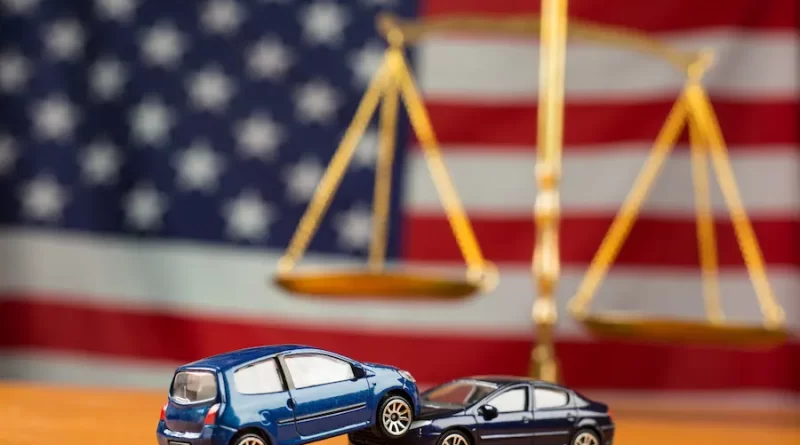A Legal Guide to Determining Car Accident Fault
The types of car accidents can be entirely the other driver’s fault, yours, or mutual. If caught in the middle of a car accident and unsure of the legal car accident fault, you want answers fast.
The only way to do that is to determine the car accident fault and find yourself the best car accident, attorney. But how do you find the at-fault driver? There are multiple things you can look for to ensure your case. Keep reading to learn more!
Analyzing the Details of an Accident
Analyzing the details of an accident can be a complex and time-consuming process. It requires a thorough examination of the facts and circumstances surrounding the incident and careful consideration of the applicable laws.
The primary goal of the analysis is to determine who is legally responsible for the accident since this will influence the possible outcomes of a legal car accident claim.
To make a proper determination, it is necessary to review all available evidence, such as police reports, medical records, eyewitness accounts, and photos of the scene.
Obtaining Evidence to Prove Fault
It is important to know who is responsible and liable for any damages or injuries that have occurred as a result of the accident. The most reliable evidence is usually photographic. So it’s recommended to take phone photography of the accident scene as soon as possible.
Visible skid marks and broken glass or debris should also be photographed. Witnesses or individuals involved in the accident can also provide valuable information in helping to determine fault.
Police reports and diagrams of the accident scene should also be obtained.
Understanding the Relevant Laws
Understanding the relevant laws for determining auto accident faults requires a basic comprehension of negligence and shared fault laws. Every state has different statutes and regulations which must be considered.
Each of these laws can be found on state websites or through higher-level legal resources. Negligence and shared fault laws generally determine who must bear the burden of financial responsibility for the damages.
Negligence is determining whether any culpable party was negligent in their actions, and shared fault laws determine how to assign that negligence fairly. All these laws must be considered when filing an insurance claim with the courts.
Knowing Your Rights in Court
Start by thoroughly researching the facts of the accident and the laws that apply. Check the local, state, and federal laws that may come into play.
Make sure you have all the documentation necessary, such as police reports, witness statements, and medical reports. Consult or contact these personal injury lawyers who can help you understand how the facts and the laws are applicable to your case.
Be prepared to provide thorough and accurate evidence of who is at fault. It is important to understand what your liabilities could be when it comes to the outcome of the case and whether you are responsible for damages.
Learn How to Determine a Car Accident Fault Today
Car accidents can be a stressful and confusing experience when it comes to determining who is to blame. By understanding key legal aspects and analyzing evidence, it is possible to make a decision on who is at fault.
If you feel as though you need more assistance understanding the claim process. Contact a qualified car accident lawyer for help to determine the car accident fault today.
Did you find this article helpful? Visit more of our blogs!




